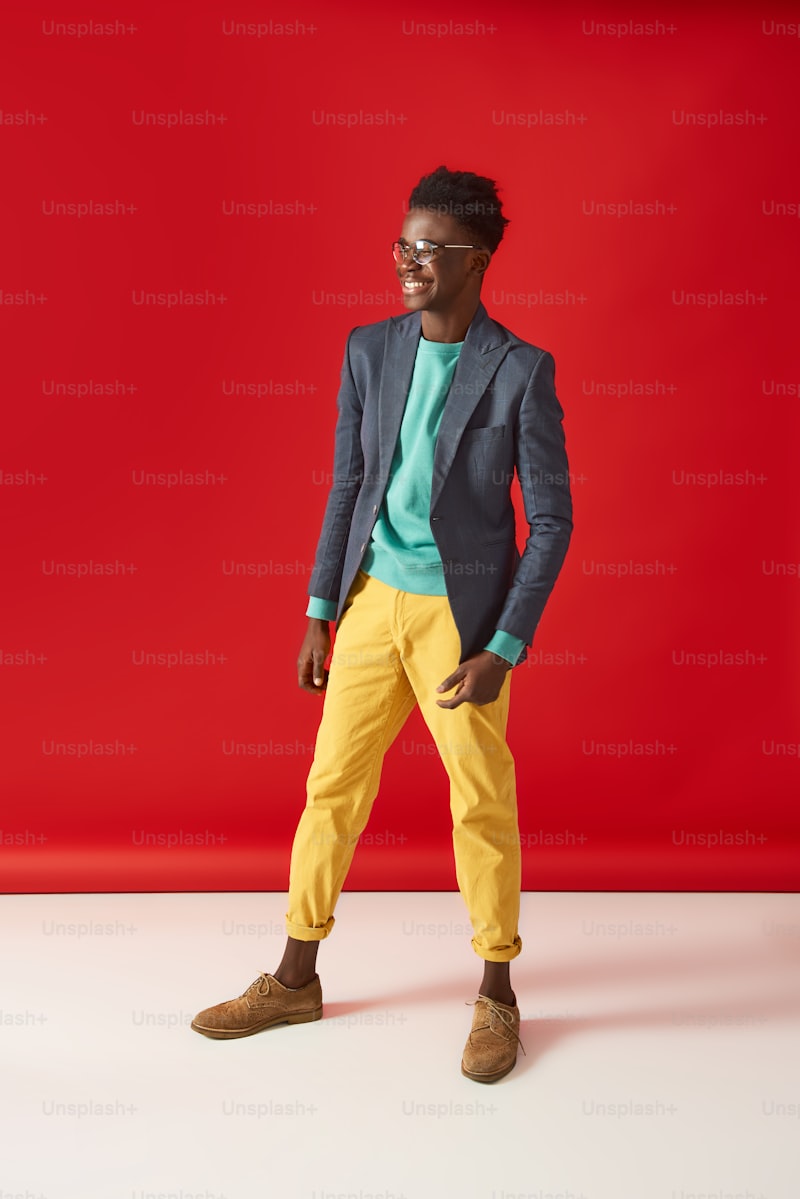Mastering the Art of Coordinating Colors with Attire: A Comprehensive Guide
Understanding Color Coordination
When it comes to fashion, one of the most significant yet often overlooked aspects is the coordination of colors with attire. Color plays an essential role in how we perceive clothing and can impact our overall appearance and confidence. In this article, we will delve into effective strategies for coordinating colors with attire, explore common mistakes to avoid, and offer practical tips to enhance your wardrobe.
The Psychology of Color in Fashion
Colors evoke emotions and can influence how others perceive us. Understanding color psychology is crucial for making mindful choices in your attire. Here are a few colors and their associated feelings:
| Color | Feeling |
| Red | Passion, energy |
| Blue | Calmness, trust |
| Green | Balance, nature |
| Yellow | Happiness, optimism |
| Purple | Luxury, creativity |
| Black | Power, elegance |
By leveraging these emotions, you can dress in colors that not only represent your personality but also positively influence your interactions with others.
Choosing a Color Palette
The first step in coordinating colors with attire is to choose a color palette that reflects your personal style. A well-defined palette will simplify your clothing choices and ensure a cohesive look. Here are some popular palettes:
- Monochromatic: Different shades of the same color. For instance, varying tones of blue.
- Analogous: Colors that are next to each other on the color wheel, such as blue, blue-green, and green.
- Complementary: Opposite colors on the color wheel, such as blue and orange. This creates striking contrasts.
Building Your Wardrobe with Color Coordination
To make the most of your collection, incorporate various articles of clothing in your chosen colors while considering the following:
- Key pieces: Invest in timeless items like blazers and dresses that come in essential colors, making them easier to pair.
- Accessories: Use accessories like belts and scarves to introduce colors without overwhelming your outfit.
- Footwear: Shoes can significantly alter your outfit's appearance. Ensure they complement your color scheme.
Tips for Coordinating Colors
Here are some practical tips to help you coordinate colors effectively:
1. Use the 60-30-10 Rule
The 60-30-10 rule is a simple guideline that can work wonders. It suggests that you should use 60% of a dominant color, 30% of a secondary color, and 10% of an accent color. This rule helps create balance within your outfit.
2. Consider the Occasion
Your outfit should align with the event’s tone. For instance, bright, bold colors are perfect for casual gatherings, while muted tones are more appropriate for formal events.
3. Play with Textures
Different fabrics can alter how colors are perceived. Experimenting with textures can elevate your outfit and create a more sophisticated look.

Common Mistakes to Avoid
Even with the best intentions, color coordination can go awry. Here are some frequent missteps to sidestep:
- Overmatching: While it might seem appealing to match every piece perfectly, it often leads to a bland look. Aim for harmony, not uniformity.
- Ignoring Skin Tone: Certain colors do not complement all skin tones. Use color testing to find what looks best on you.
- Neglecting Personal Style: Trends come and go. Ultimately, wear what makes you feel comfortable and confident.
Embracing Seasonal Colors
Each season brings different color trends. For instance:
- Spring: Soft pastels like lavender and peach.
- Summer: Bright colors like turquoise and sunny yellow.
- Fall: Earthy tones such as burgundy and mustard.
- Winter: Deep hues like navy and emerald green.
Embracing these seasonal colors can help keep your wardrobe fresh and relevant.
Conclusion: The Power of Color Coordination
In conclusion, coordinating colors with attire is an art that requires some practice and experimentation. By understanding color psychology, selecting a suitable palette, making mindful clothing choices, and avoiding common pitfalls, you can significantly enhance your style. Remember, fashion is personal, and confidence is your best accessory. Consider the suggestions mentioned here, and don’t hesitate to innovate so that you can express your unique personality through color.